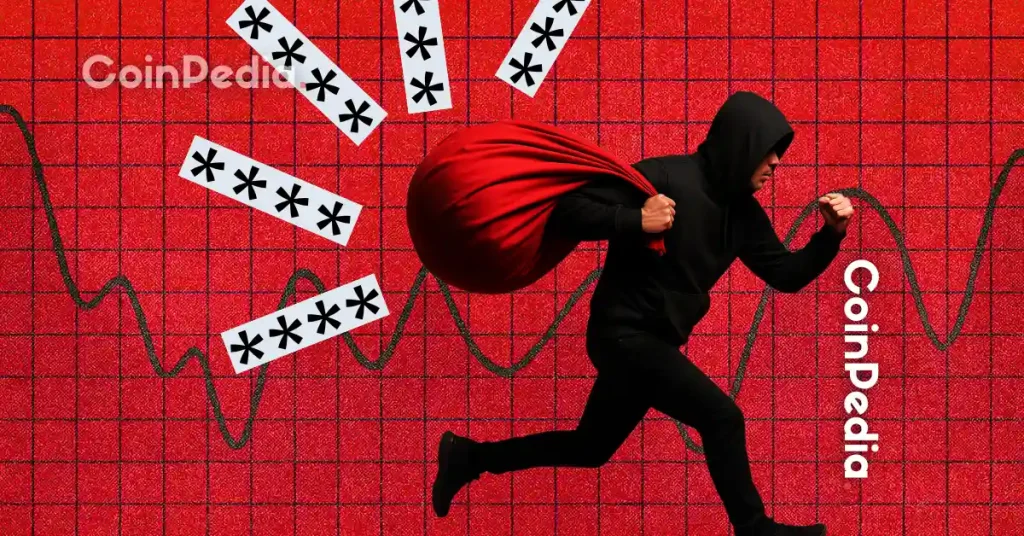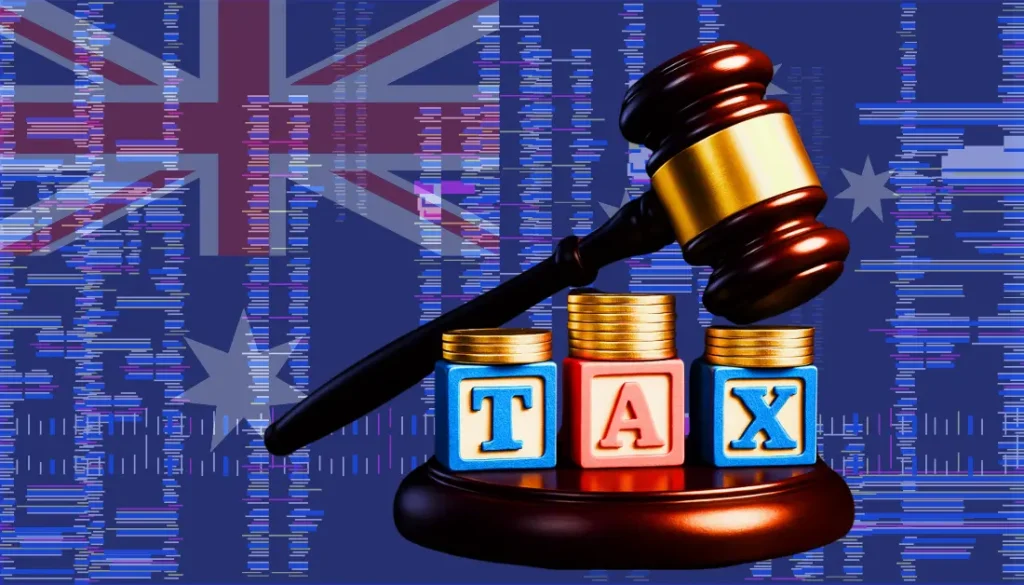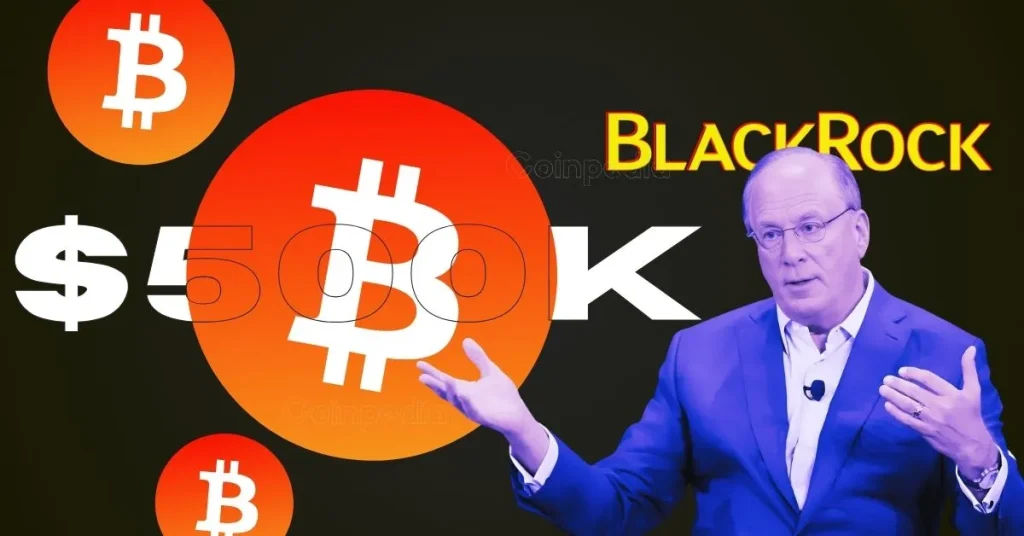
In the movie “Superman,” Superman flies around the Earth at high speed, turning back time to stop the catastrophic consequences of a nuclear missile. And the world will be saved.
The U.S. Treasury Department, Federal Reserve Board (Fed) and Federal Deposit Insurance Corporation (FDIC) on March 12 to “enhance confidence in America’s banking system” following the dramatic shutdown of Silicon Valley banks. When the special measures were announced and everyone breathed a sigh of relief, you may have thought of this movie.
Is it possible for someone like Superman to save the cryptocurrency industry? Should it even exist?
Silicon Valley Bank’s news is not centered around crypto assets. But this time, the volatility in the banking system has revived the view that DeFi (decentralized finance) can solve many of the problems of traditional banks and the incumbent financial system. In fact, there are important lessons for the crypto industry to take note of.
helping hand
Silicon Valley Bank was closed on March 10 by the California Department of Financial Protection and Innovation and came under FDIC supervision. On the 12th, it was announced that the FDIC would complete the bankruptcy of Silicon Valley Banks, “protecting all depositors so they can access all their deposits on March 13th.”
FDIC-insured deposits over $250,000 are also protected by this measure. Signature Bank, which the New York State Department of Financial Services closed Thursday, will likewise protect all deposits.
The entire banking industry bears the cost of protecting the deposits of Silicon Valley and signature bank depositors. Neither the customer nor the taxpayer. Regulators stepped in, but decided to hold banks firmly accountable for depositor protection.
Another important point is the new program announced on the 12th. The Fed will create a new lending program to help banks meet depositors’ withdrawal needs and make up to $25 billion available to the Treasury for relief.
The program provides loans for up to one year against certain securities, such as long-term U.S. Treasuries and government-guaranteed mortgage-backed securities, whose prices have fallen as interest rates rise. For accounting purposes, such assets are treated at face value rather than market value. That means banks needing liquidity don’t have to sell long-term government bonds at a loss, but can use them as collateral for loans at face value.
The Fed can create a liquidity program because it is a special entity. The Fed’s balance sheet, which also consists of assets and corresponding liabilities, can grow its balance sheet in ways no other organization can. Central bank money is unique in that it underpins the security and efficiency of the entire US payment system.
Lessons for crypto assets
Whether the measures announced on Wednesday were enough to calm investors, depositors and the broader market will soon become clear. Just as the framework that oversees and regulates American banking is at a crossroads, the cryptocurrency community may be at a crossroads.
The question to consider here is whether cryptocurrency market technology can replicate the effects of the Fed’s unique power as central bank underpinned by the full trust and credit of the U.S. government.
Perhaps it is possible to some extent. It doesn’t take a central bank or a finance minister to create a clear, well-coordinated loss-sharing scheme. The concept of loss sharing has already become a fundamental tenet of payment systems in that the responsibility for unexpected operational losses rests with the system provider, rather than with the users of the payment system.
The cryptocurrency community may wish to consider creating clear and enforceable legal conditions and systems that leverage this fundamental loss-sharing principle on an industry-wide level, beyond just operational losses. do not have.
But of course it is not the savior of the crypto industry and is philosophically at odds with the decentralization goals of many in blockchain and the crypto industry. On the surface, cryptocurrencies and traditional banks may appear to be competing in the world of financial services, but ultimately they exist in radically different realities. After the demise of Terra and FTX, no Superman flew in to undo the devastating effects.
The resulting chain of losses has weakened confidence in crypto assets outside the crypto community. And this in turn means that the cryptocurrency community must come together and act with vigilance and discipline through strict rules, standards and protocols to protect customers and strengthen trust. .
Only by rebuilding trust can crypto assets regain momentum and challenge mainstream adoption.
Mr. Jess Cheng: Partner at law firm Wilson Sonsini Goodrich & Rosati. He has also served as senior counsel for the Federal Reserve.
Amy Caiazza: Securities, Fintech and Blockchain Partner of Wilson Sonsini Goodrich & Rosati.
|Translation and editing: Akiko Yamaguchi, Takayuki Masuda
|Image: Krikkiat / Shutterstock.com
|Original: US Banking Collapse Doesn’t Necessarily Make Crypto Trustworthy
The post Bank failure does not necessarily lead to trust in crypto assets[Column]| coindesk JAPAN | Coindesk Japan appeared first on Our Bitcoin News.

 2 years ago
161
2 years ago
161














 English (US) ·
English (US) ·